Should Uber and Lyft riders pay a fee for clogging Manhattan’s busiest streets?
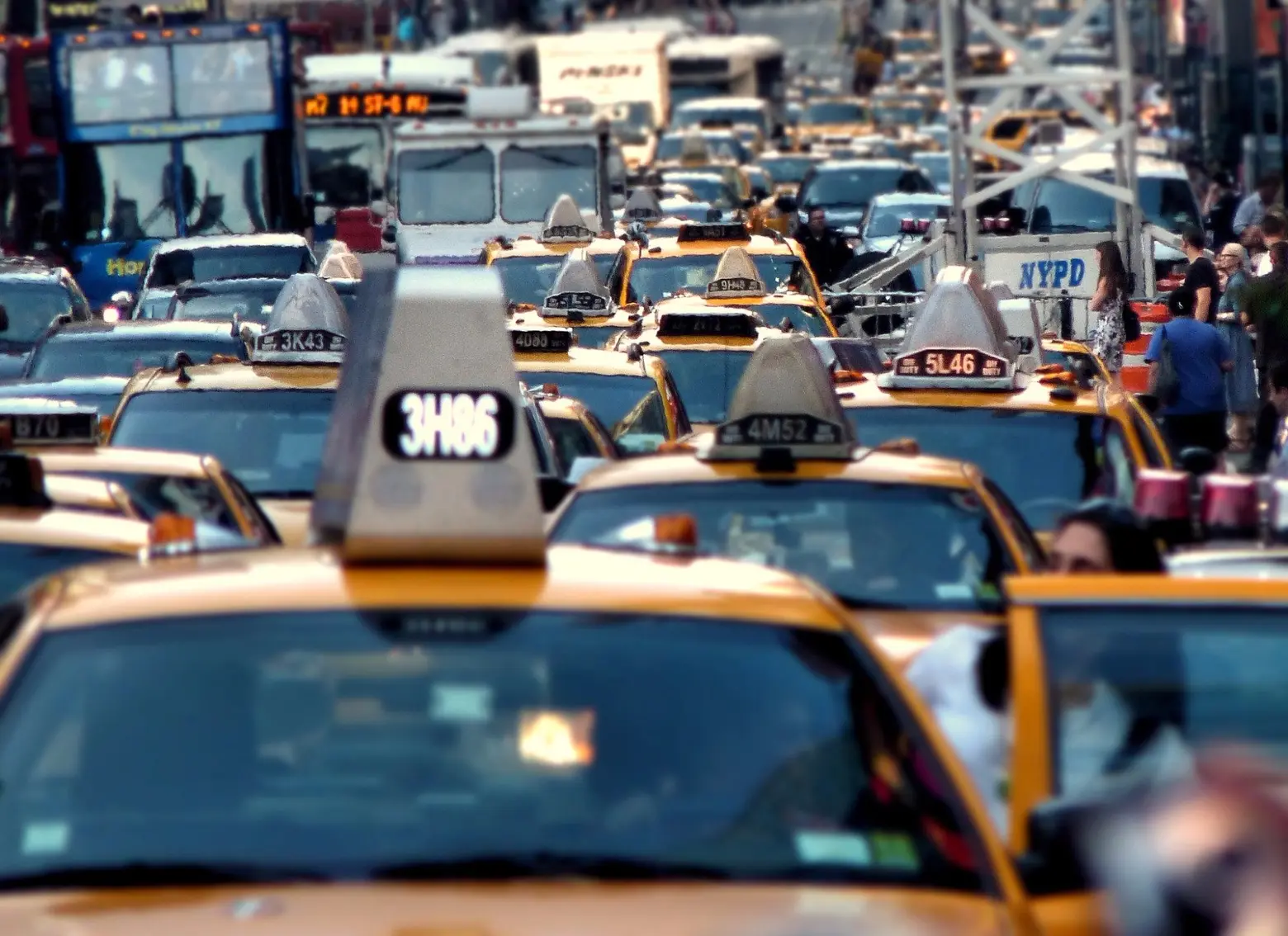
Traffic in NYC, photo via joiseyshowaa on Flickr
As New York City’s failure-prone subway system continues to disappoint, some commuters are turning to ride-hailing services like Uber or Lyft to reach their destinations instead. While getting picked up by a car is easy, especially in the busiest areas of Manhattan, the bumper-to-bumper traffic makes getting anywhere actually more difficult. A report released by Bruce Schaller, a former deputy city transportation commissioner, found that one-third of ride-hailing cars and yellow cabs are often driving on the city’s most congested blocks without any passengers, creating unnecessary traffic (h/t New York Times). As a way to reduce car congestion, officials are considering a new fee on for-hire vehicles, possibly a way to raise money for the strapped-for-cash MTA.
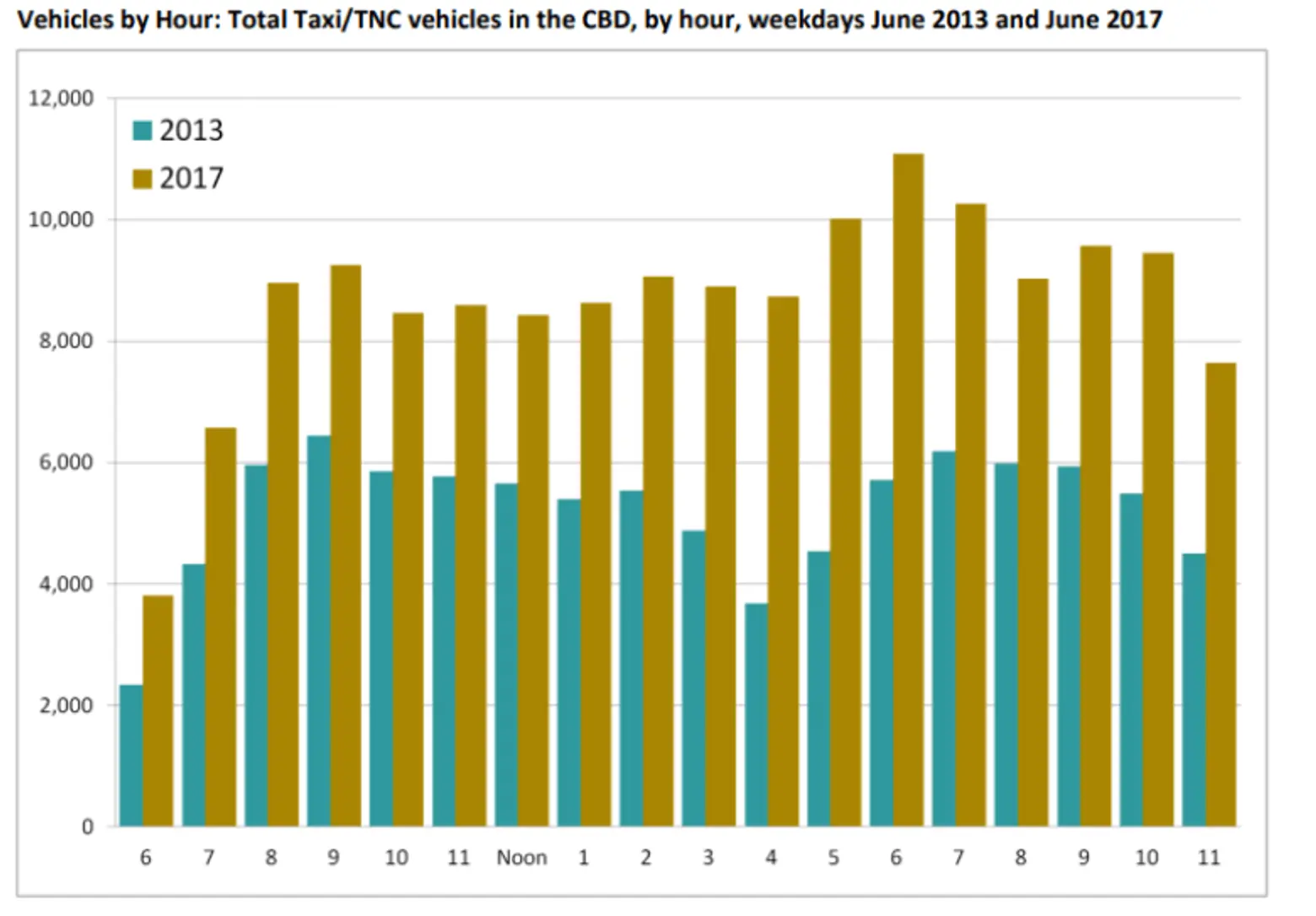
Chart via “Empty Seats, Full Streets” report
The number of for-hire vehicles operating in the city has nearly doubled, from 47,000 in 2013 to 103,000 today, according to the Taxi and Limousine Commission. Out of those in operation, about 68,000 are with ride-hailing apps, with Ubers being 65,000 of them. City law caps the number of yellow taxis below 13,600. The explosion of ride-hailing services in the city, and the heavy traffic that comes along with it, has caused some officials to consider measures to reduce congestion while raising money for the MTA.
Gov. Andrew Cuomo is planning to release a congestion pricing plan in January as a way to provide a dedicated funding source for the transit system. Cuomo’s 16-person state task force, Fix NYC, is currently exploring options that would reduce congestion, including a per-ride fee on for-hire vehicles in Manhattan.
About 10 years ago, Mayor Michael Bloomberg pushed for a similar congestion pricing plan; charging drivers $8 to enter the busiest parts of Manhattan during peak commuting hours. The legislation faced opposition and was never brought to a vote.
On Tuesday, Uber launched an advertisement campaign supportive of a congestion pricing plan. As the Daily News reported, the six-figure television ad will run on city cable stations and will highlight the “congestion nightmare” NYC is experiencing. The ad says: “Above ground: congestion. Below ground: A mess. Congestion pricing can fix both.”
Uber spokesperson Alix Anfang told the Daily News: “Everyone–whether using a personal vehicle, delivery truck, taxi or Uber–should pay their fair share to keep New York City moving forward. Advocating for a comprehensive congestion-pricing solution that funds mass transit is Uber’s top priority in Albany this session.”
Implementing a per-ride fee for ride-hailing services would be easy, as there is already a precedent for them: Taxi passengers pay a 50-cent surcharge that goes to the MTA. Ride-hailing service users pay a sales tax that goes to the city and state. While expanding the 50 cent fee for these services could bring in a decent amount of revenue, Schaller’s report says it will do little to combat congestion. He says taxi riders are generally well-off and would be “insensitive” to price increases, doing little to reduce the number of trips overall.
Another approach from Schaller includes requiring ride-hailing companies to reduce “excessive” unoccupied time by its vehicles. He suggests there be a penalty if cars are empty for longer than four minutes. Technology could be used to monitor drivers’ time and trip patterns to minimize the unoccupied time between trips, according to the report.
Mayor Bill de Blasio, who opposes congestion pricing and has called it a “regressive tax,” announced in October a five-point plan to ease congestion in the city’s most crowded neighborhoods. The program, called “Clear Lanes,” includes creating new moving lanes in Midtown, clearing curbs during rush hour and expanding NYPD enforcement of block-the-box violations. As part of a six-month pilot program beginning in January, the city will also ban curbside loading on both sides of the street during peak hours, 7 am to 10 am and 4 pm to 7 pm.
Instead of a congestion pricing plan, De Blasio has announced support for a “millionaires tax,” a plan to tax the wealthiest 1 percent of residents to pay for transit repairs. The tax must be approved by Albany, something that many say is unlikely due to the state Senate’s Republican majority.
[Via NY Times]
RELATED:
Get Insider Updates with Our Newsletter!
Leave a reply
Your email address will not be published.
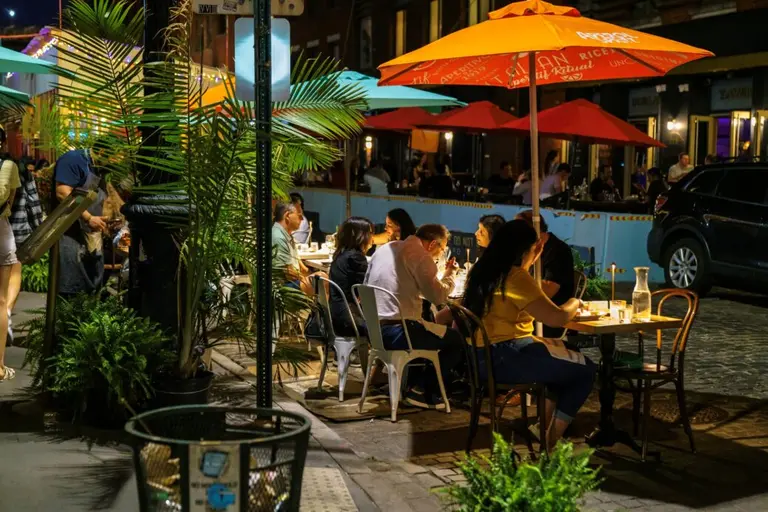


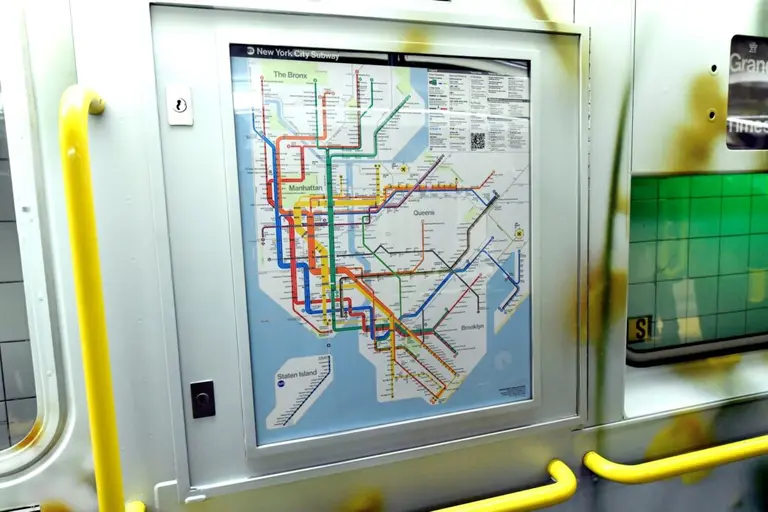

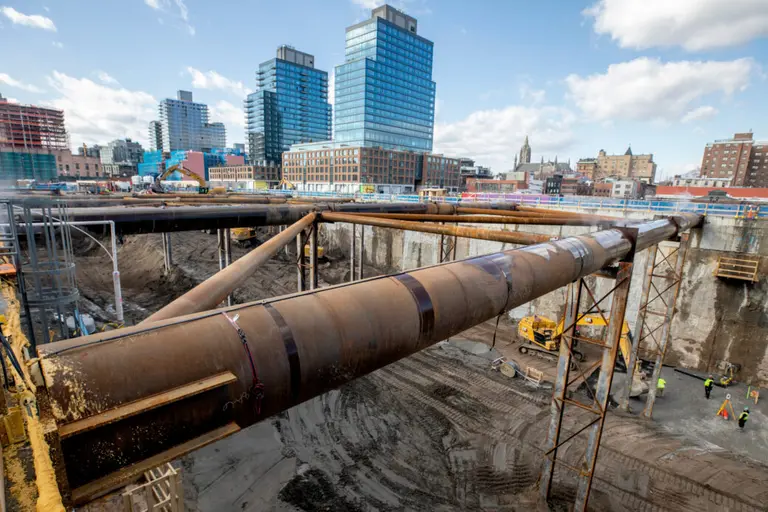






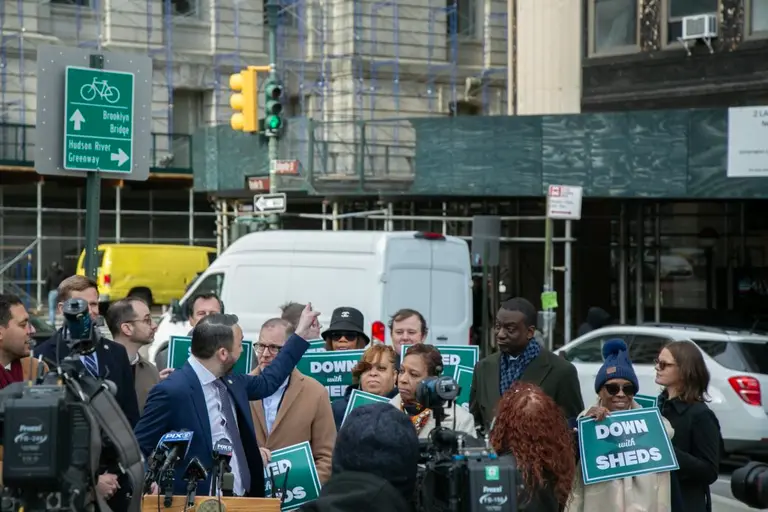



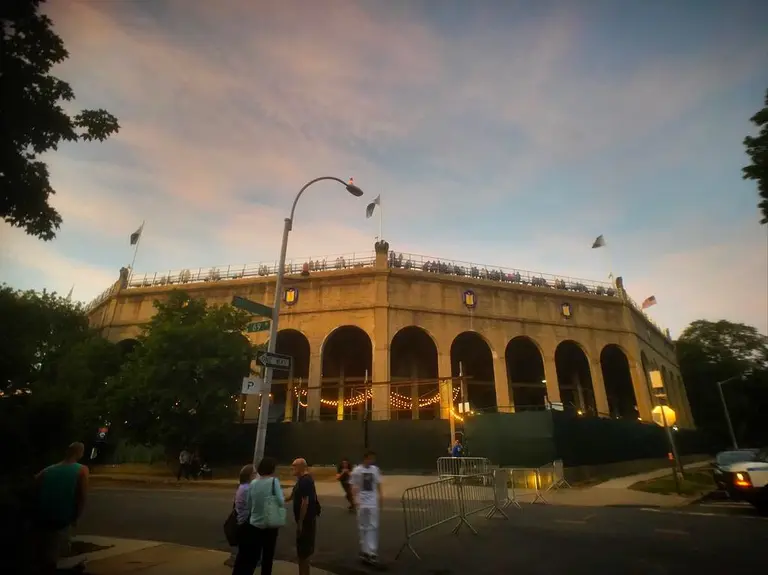











London has a congestion tax which is successful in reducing cars and for raising Government revenue.It should work well in NY. The people in the “big apple” earn too much money for what they actually do anyway.